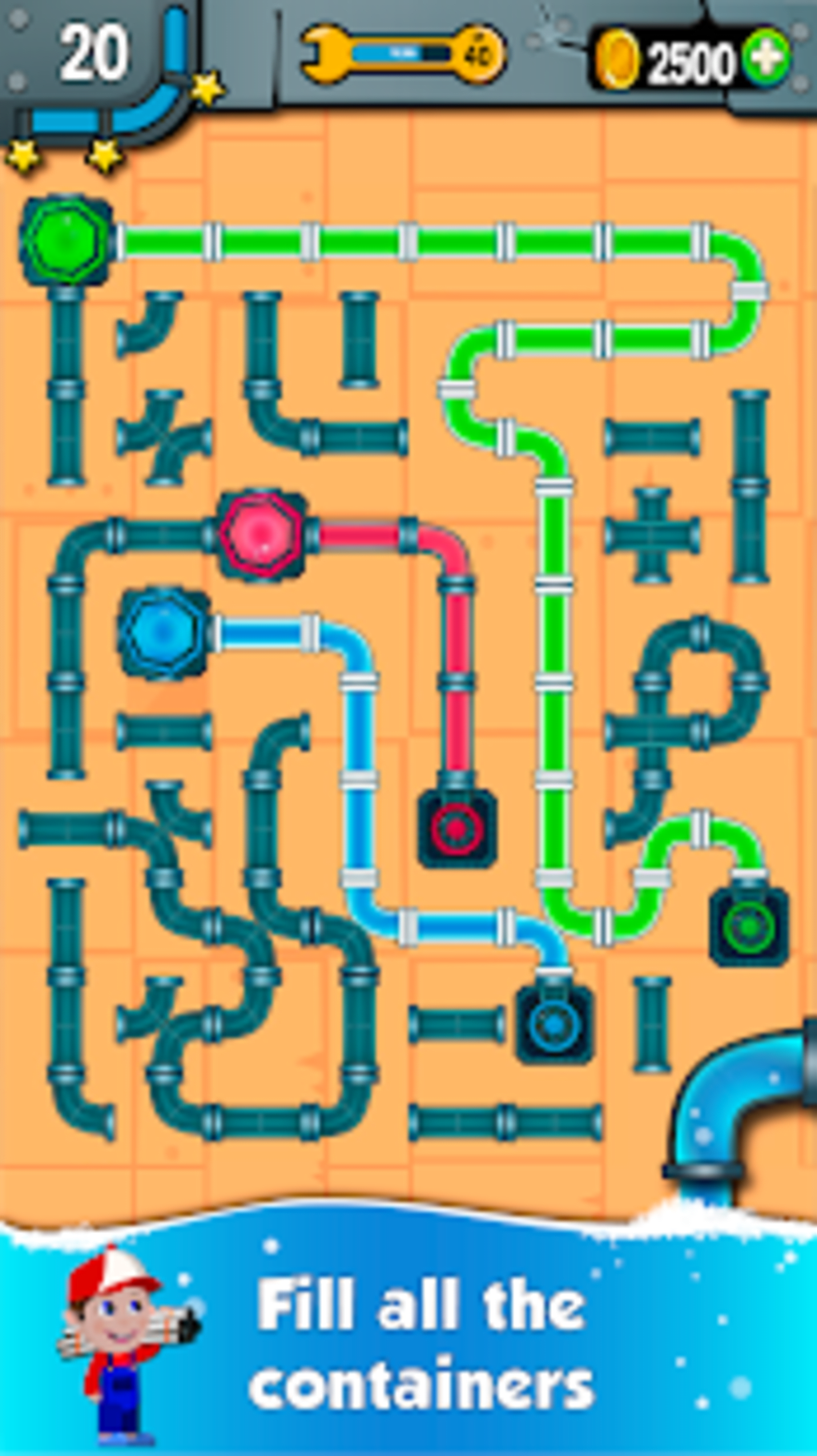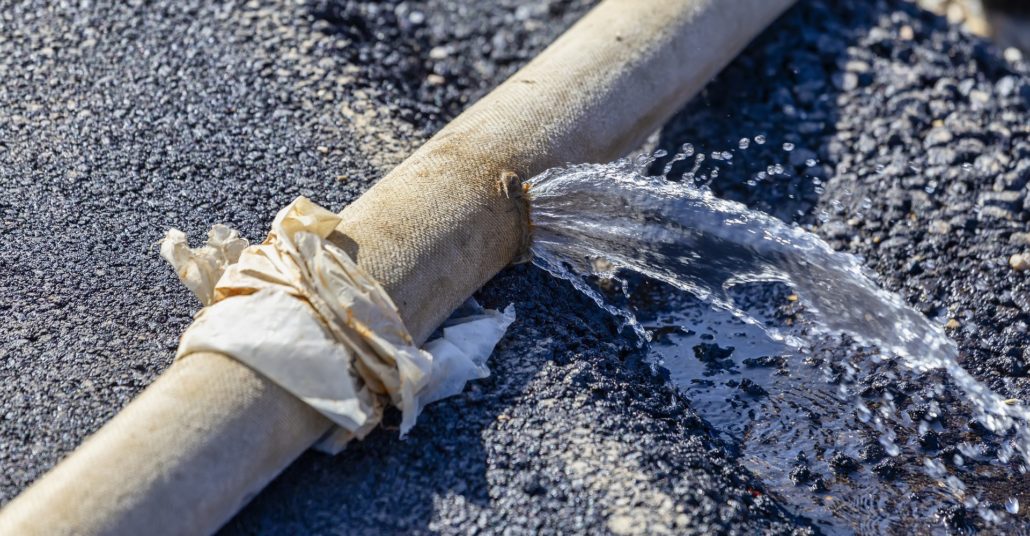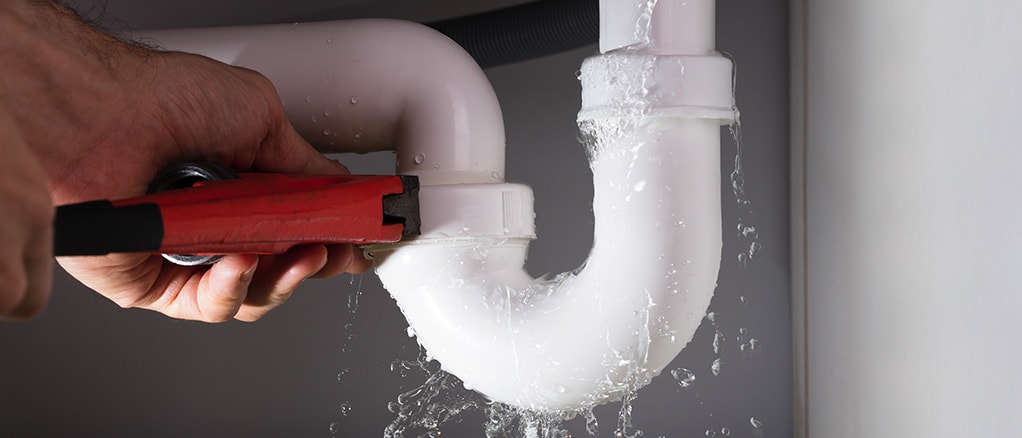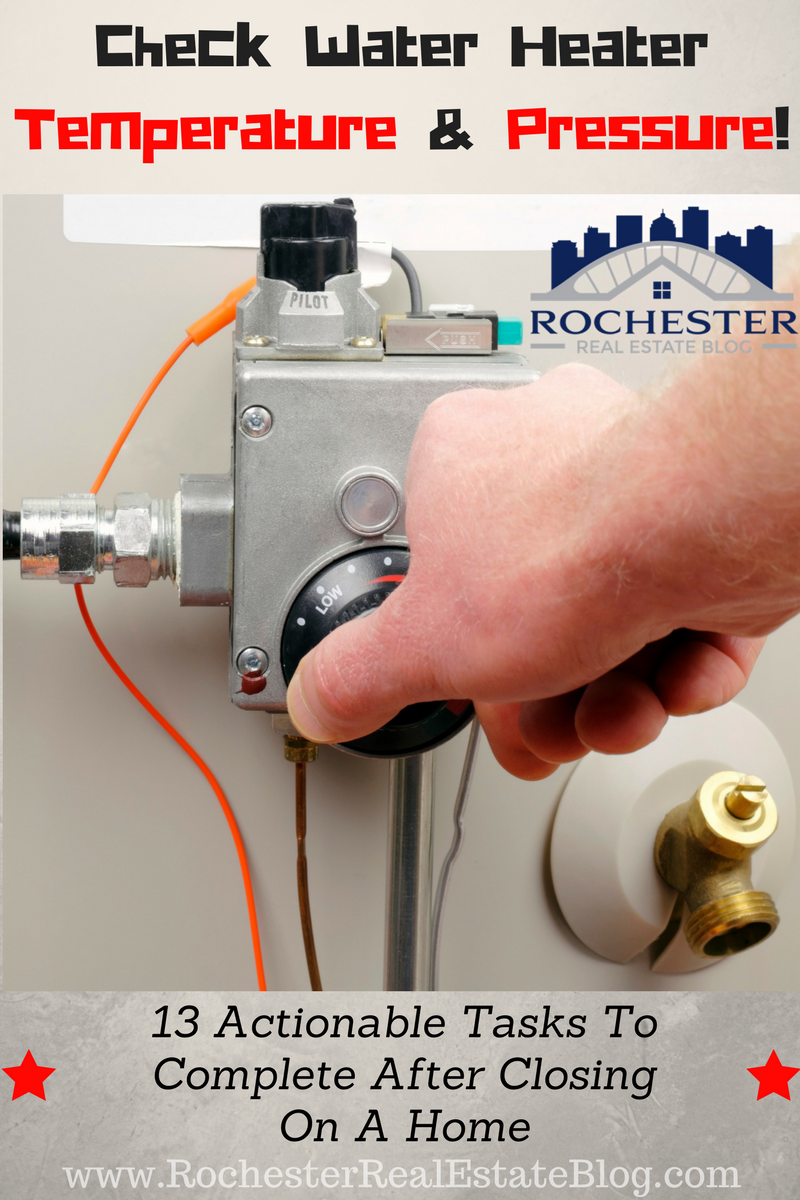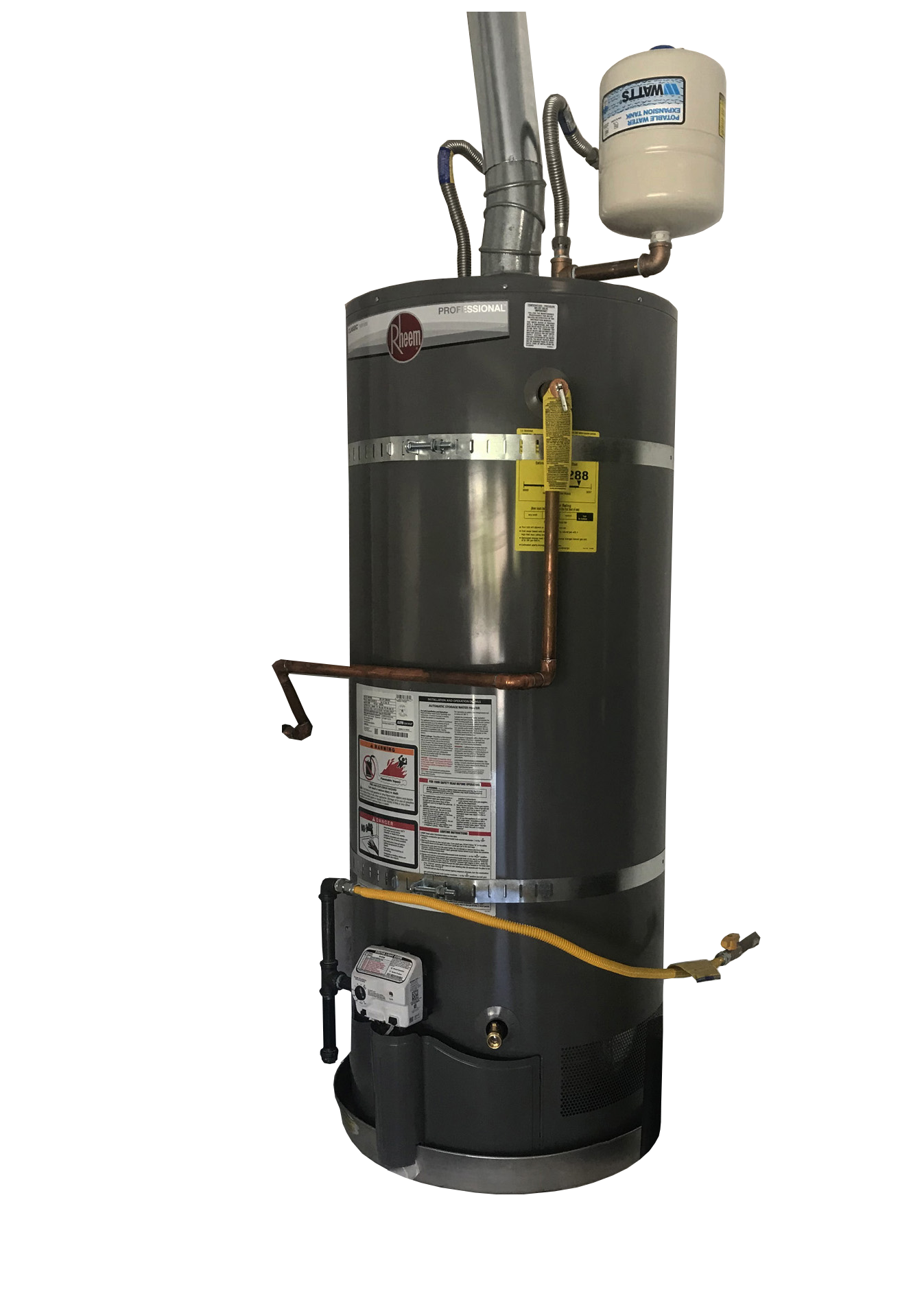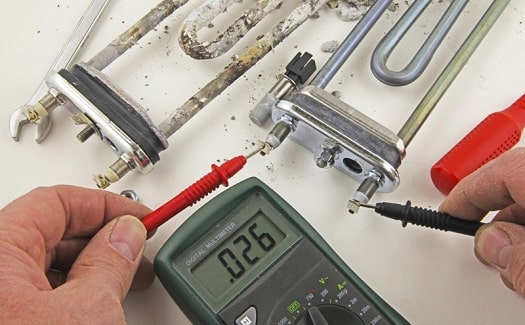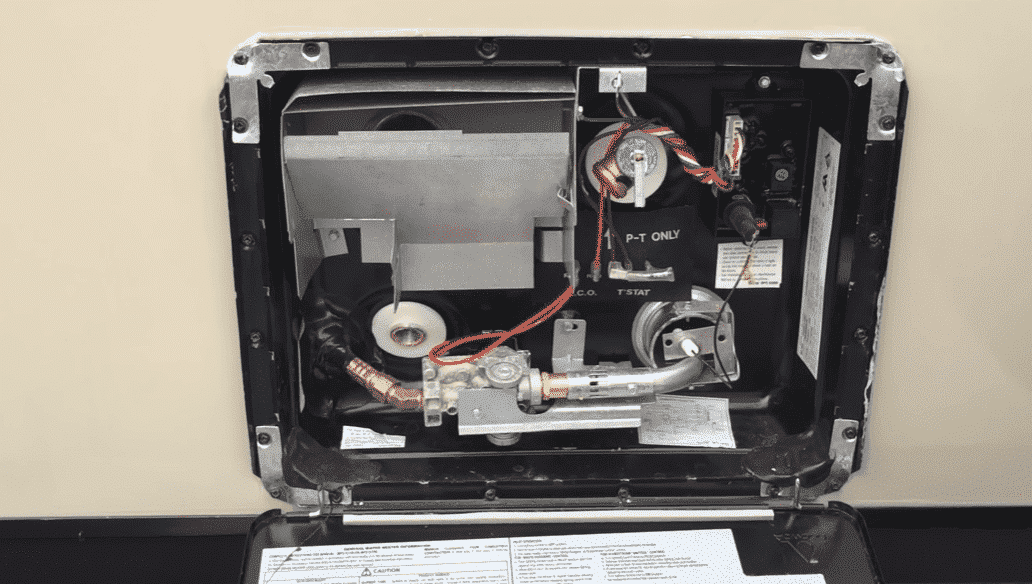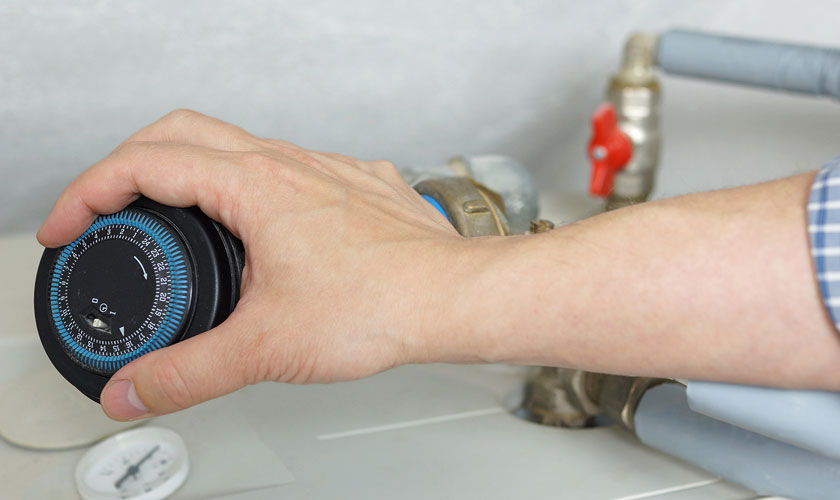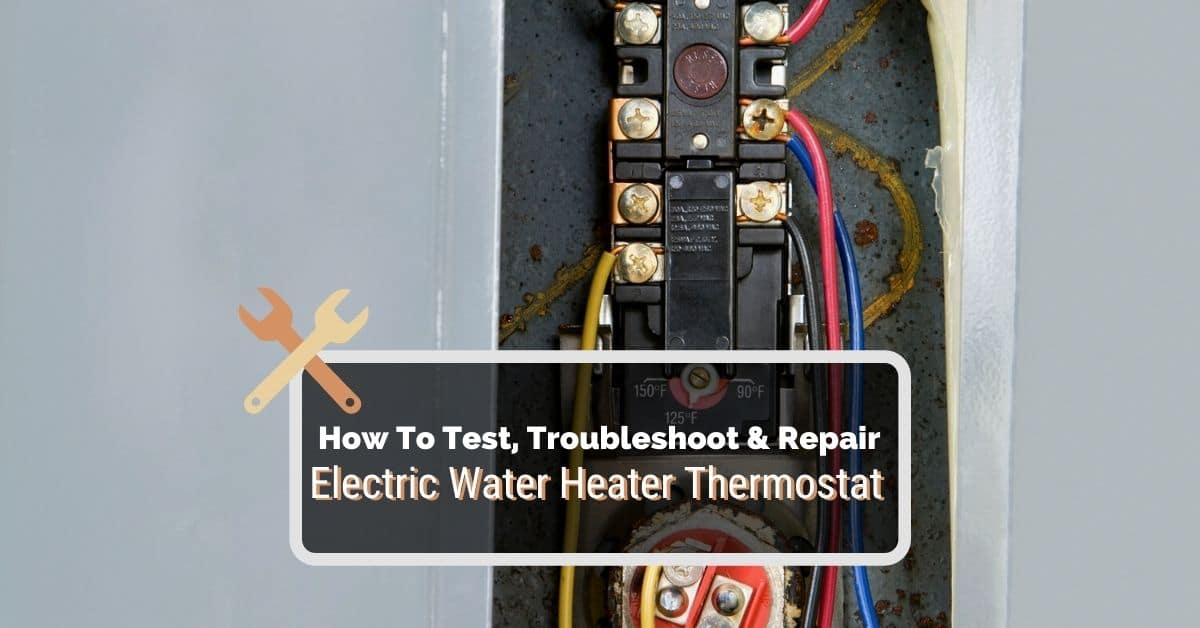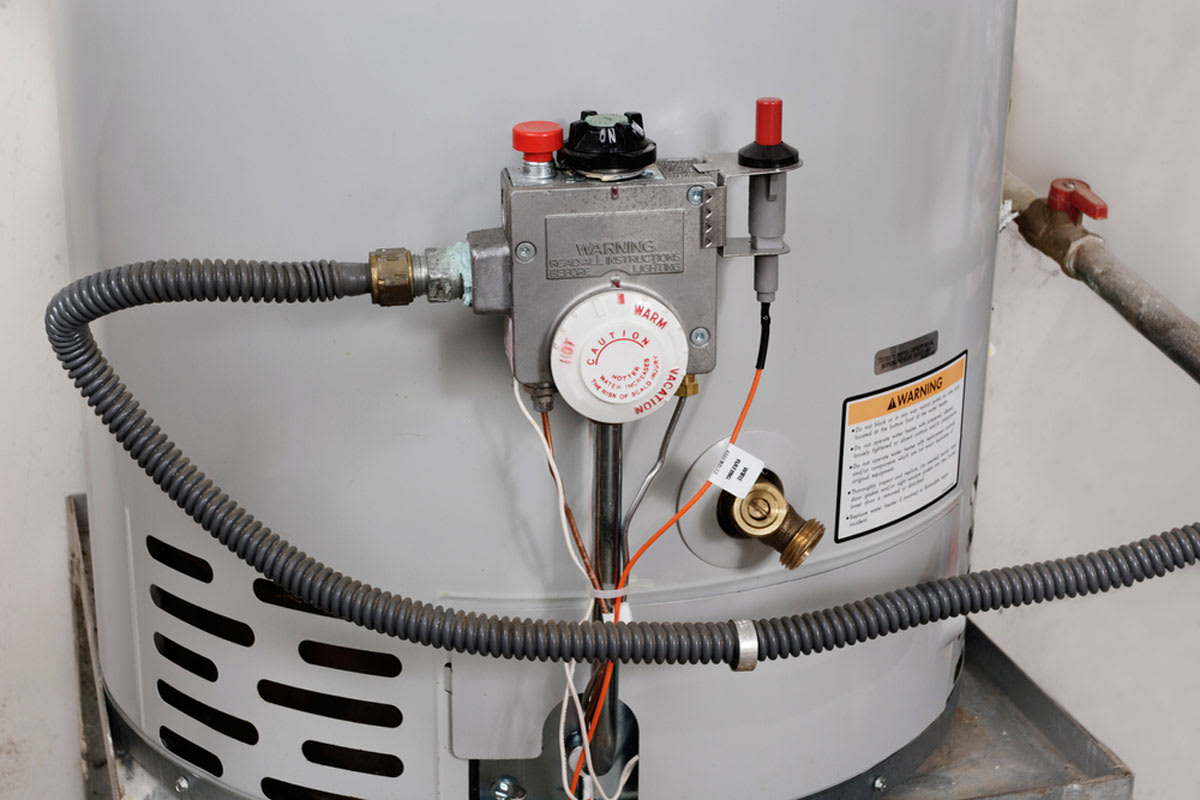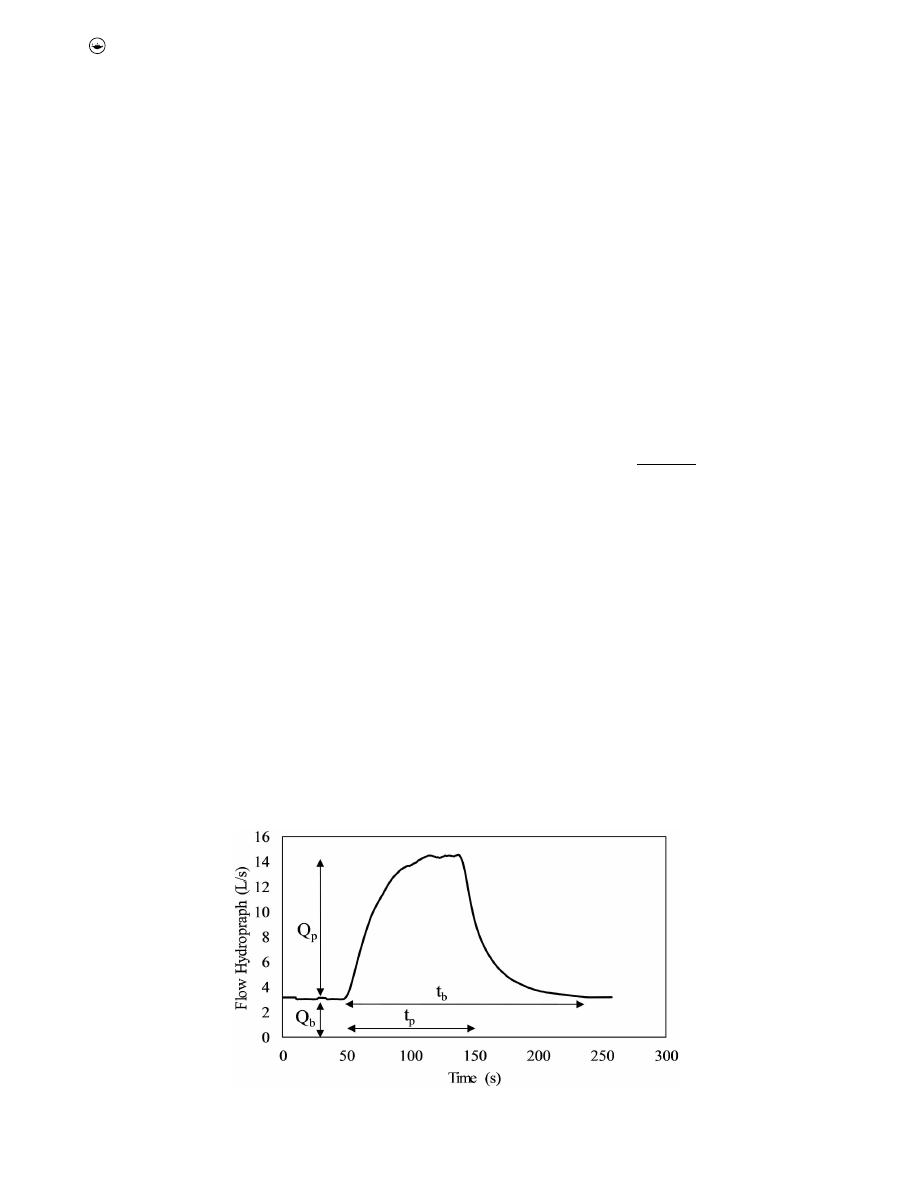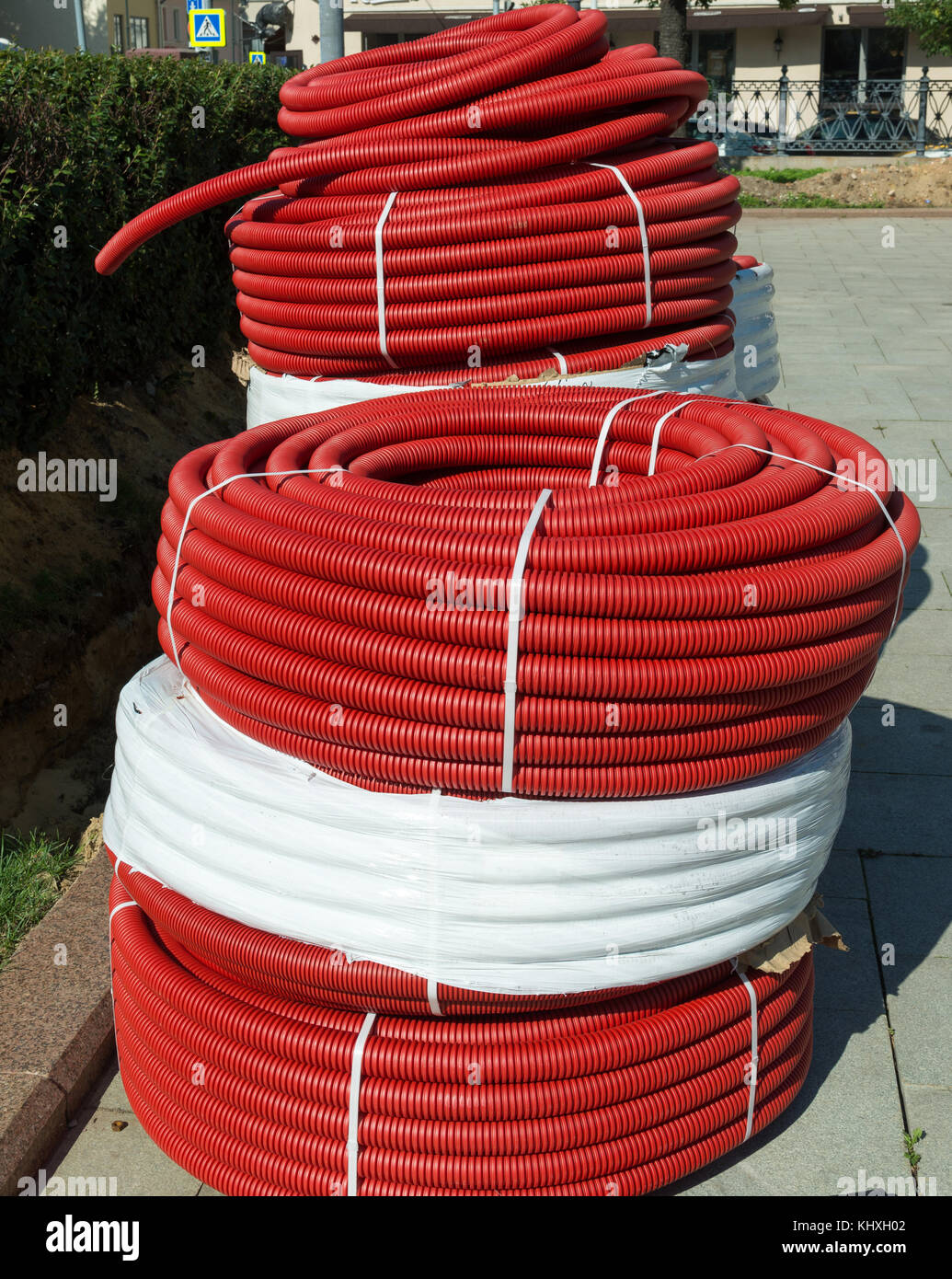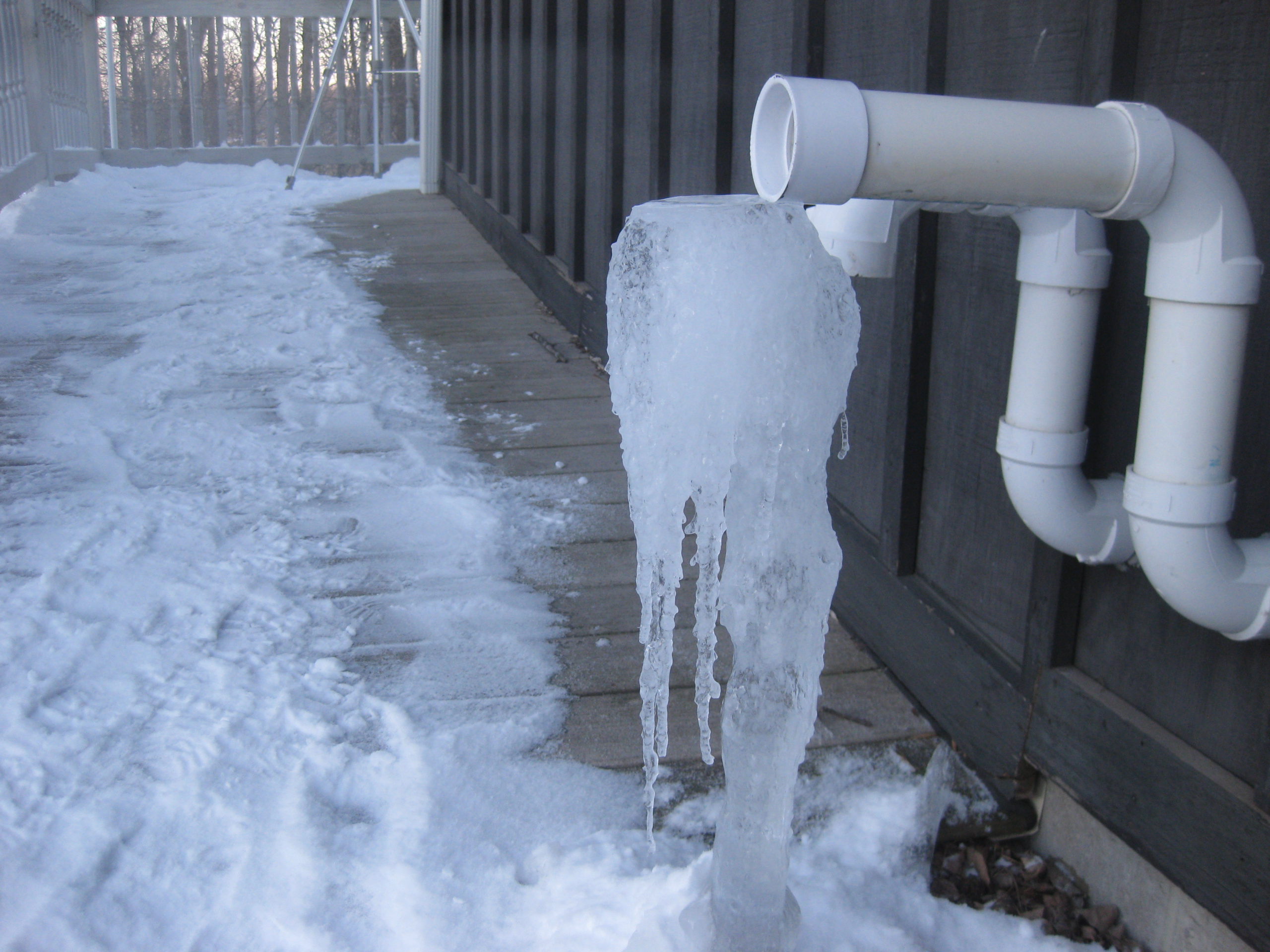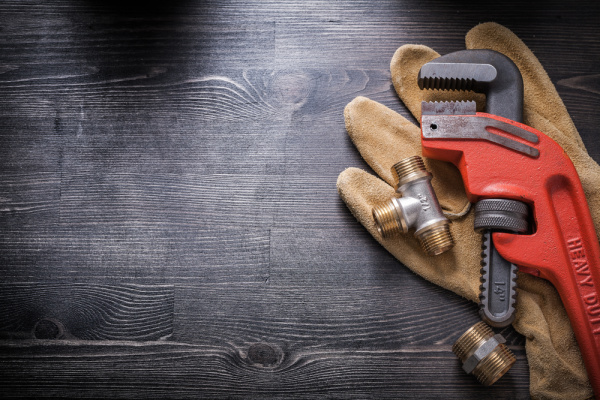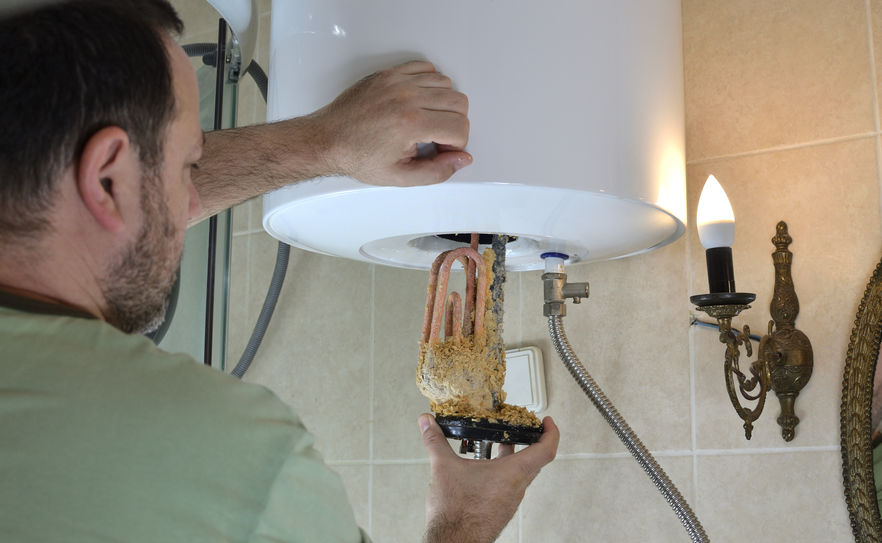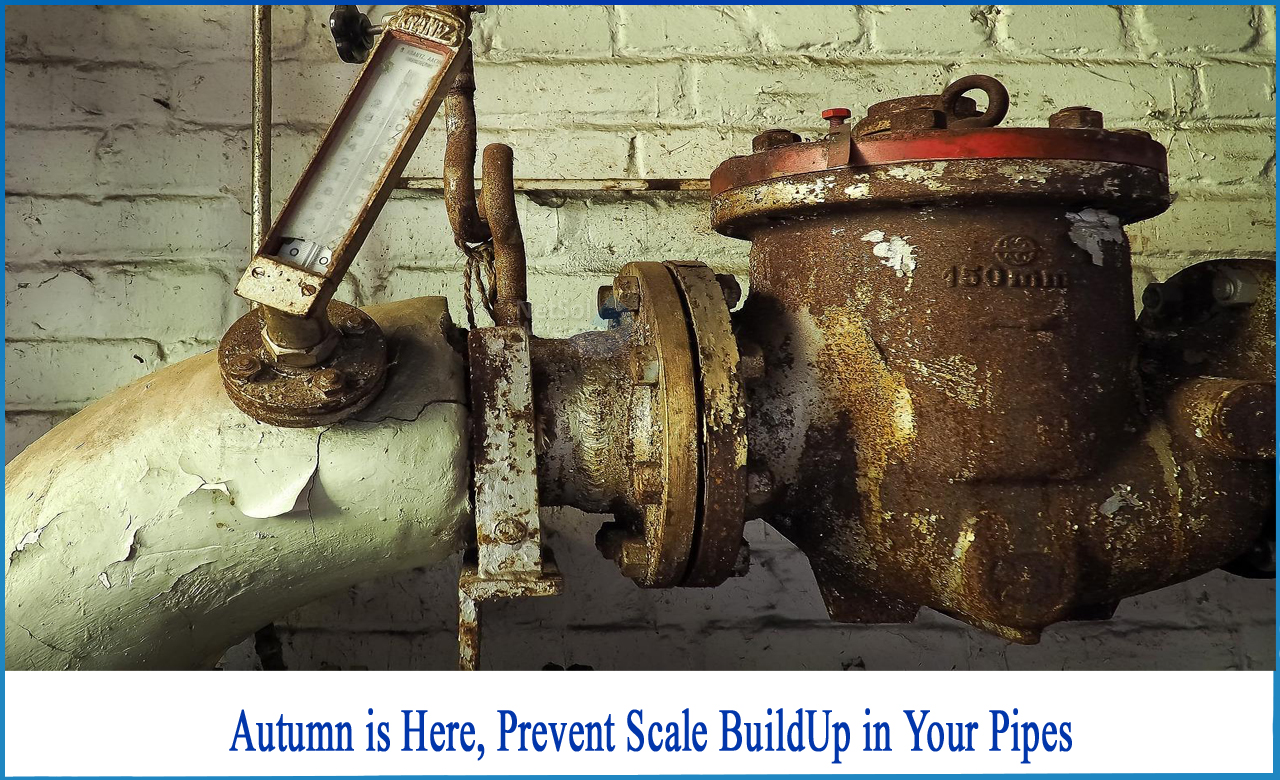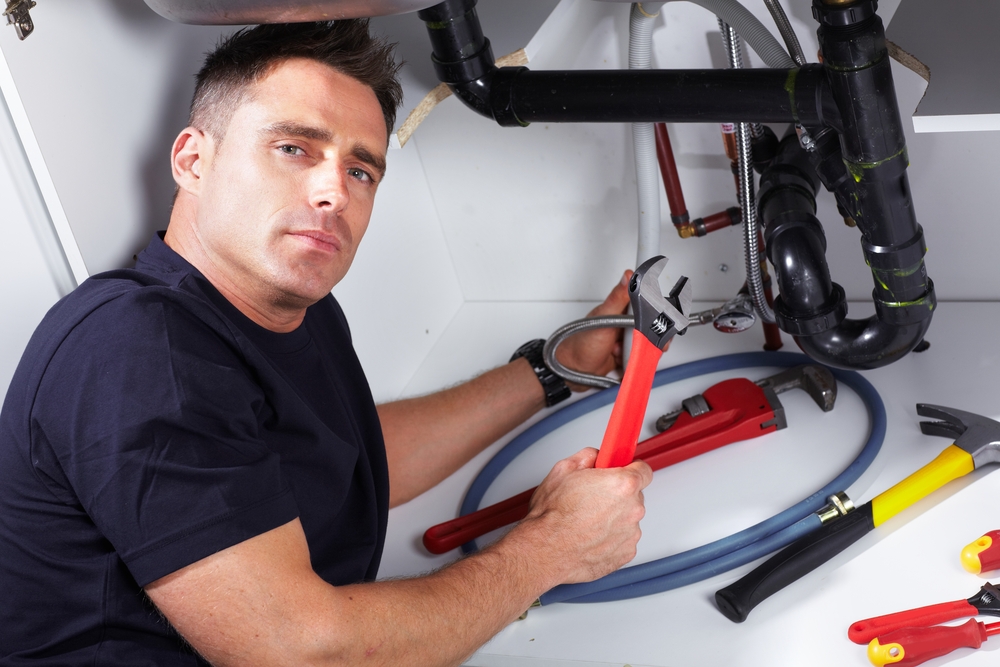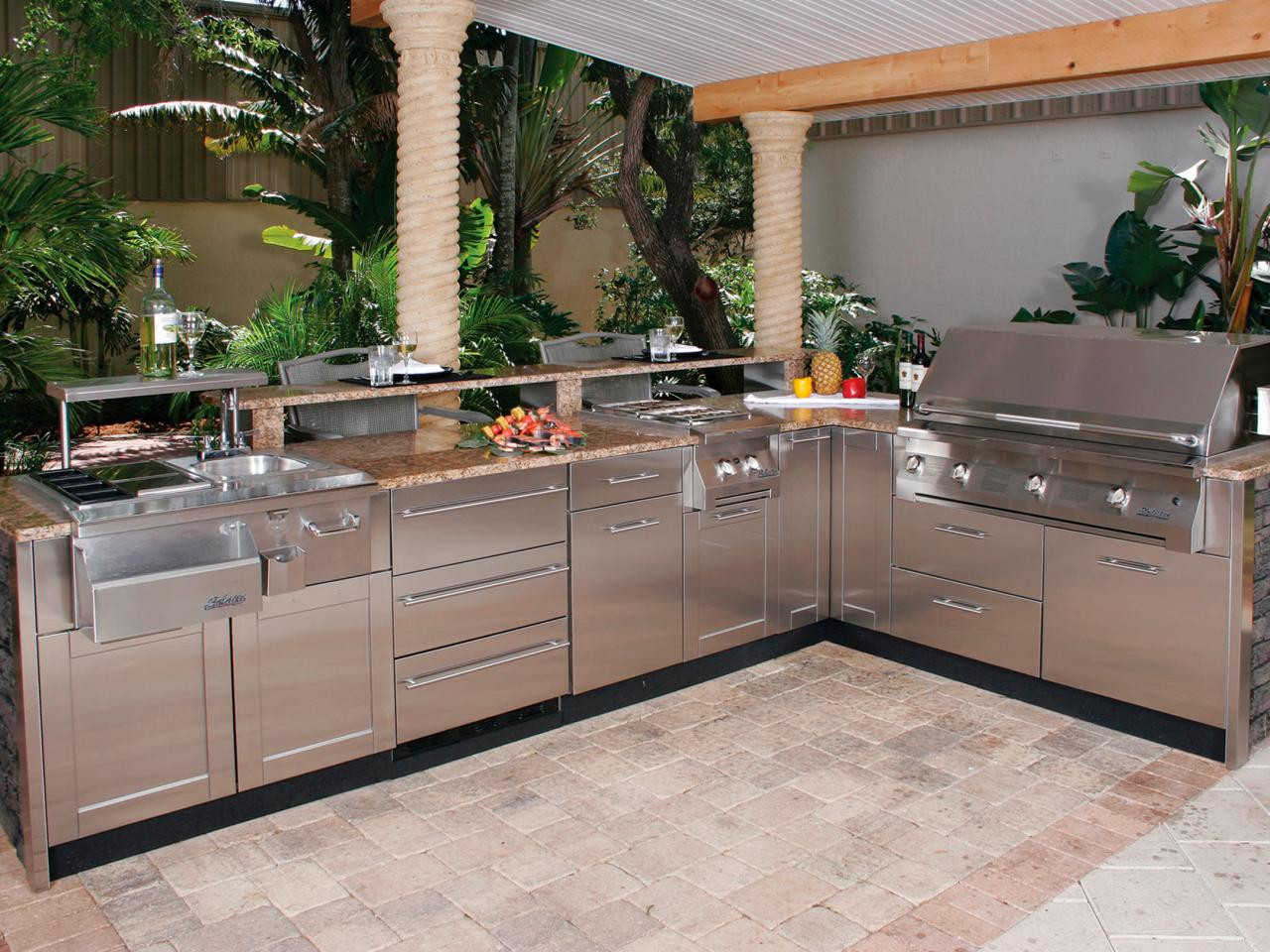One of the most common causes of low water pressure in the kitchen sink is a clogged aerator. The aerator is the small circular piece at the end of the faucet where the water comes out. Over time, sediment and mineral deposits can build up in the aerator, causing a blockage and reducing water flow. To check the aerator, unscrew it from the faucet and clean it thoroughly with a brush and vinegar. This should improve the water pressure in your kitchen sink.Check the aerator
The shut-off valve is the knob or lever under the sink that controls the flow of water to the faucet. If this valve is not fully open, it can restrict the amount of water that reaches the faucet, resulting in low water pressure. Make sure the shut-off valve is fully open and not partially closed. If it is difficult to turn, you may need to replace the valve.Check the shut-off valve
The water supply line is the pipe that connects the shut-off valve to the faucet. If this line is kinked or damaged, it can restrict the flow of water and cause low water pressure. Check the supply line for any visible signs of damage and replace it if necessary. You may also need to check the supply line for any blockages or debris that could be causing the low water pressure.Check the water supply line
If the aerator is not the issue, the clog may be in the faucet itself. To check for clogs, remove the faucet handle and clean any debris or buildup that may be causing the blockage. You can also use a small brush or toothbrush to clean inside the faucet. Once the faucet is thoroughly cleaned, reattach the handle and turn on the water to see if the pressure has improved.Check for clogs in the faucet
In some cases, the clog may be further down in the pipes. If you have an older home, there may be buildup and debris in the pipes that is restricting water flow. You can try using a plumbing snake to clear any clogs or call a professional plumber for assistance. Regular maintenance and cleaning of your pipes can also help prevent future clogs and maintain good water pressure.Check for clogs in the pipes
The water pressure regulator is a valve that controls the flow of water from the main water line into your home. If this valve is not functioning properly, it can cause low water pressure throughout your home, including in the kitchen sink. You may need to adjust the water pressure regulator or replace it if it is not working correctly. This is a job best left to a professional plumber.Check the water pressure regulator
Leaks in your plumbing system can also cause low water pressure in your kitchen sink. Even small leaks can significantly reduce the flow of water. Check for any visible leaks under the sink or in the pipes leading to the faucet. If you notice any leaks, you will need to repair them as soon as possible to prevent further water pressure issues.Check for leaks in the pipes
If your kitchen sink has consistently low water pressure, the issue may be with your water heater. Sediment and mineral deposits can build up in the water heater and affect its performance. You may need to flush your water heater to remove any buildup and improve water pressure. If this does not solve the issue, you may need to replace your water heater.Check the water heater
Over time, sediment and mineral deposits can build up in your plumbing pipes, causing blockages and reducing water flow. This is a common issue in older homes with galvanized pipes. You can try flushing your pipes with a mixture of vinegar and hot water to remove any buildup. If the problem persists, you may need to call a professional plumber to replace your pipes.Check for sediment buildup in the pipes
If you have tried all of the above solutions and are still experiencing low water pressure in your kitchen sink, it may be time to call a professional plumber. They will be able to accurately diagnose the issue and provide a solution to improve your water pressure. Don't hesitate to seek help from a professional if you are unsure of how to fix the problem. In conclusion, low water pressure in your kitchen sink can be frustrating and inconvenient. However, with a little bit of troubleshooting and maintenance, you can improve the water flow and enjoy a fully functioning kitchen sink. Remember to regularly clean and maintain your plumbing system to prevent future issues and always seek professional help when needed.Call a plumber for professional assistance
How to Improve Low Water Pressure and Cold Water in Your Kitchen Sink

The Importance of Water Pressure in Your Home
 Water pressure is an essential aspect of any household plumbing system. It determines the flow of water in your faucets, showers, and appliances. When the water pressure is low, it can be frustrating and inconvenient for daily tasks such as washing dishes or cooking. Not to mention, low water pressure can also indicate underlying issues with your plumbing that may lead to costly repairs if left unattended. If you are experiencing low water pressure and cold water in your kitchen sink, here are some possible causes and solutions to consider.
Water pressure is an essential aspect of any household plumbing system. It determines the flow of water in your faucets, showers, and appliances. When the water pressure is low, it can be frustrating and inconvenient for daily tasks such as washing dishes or cooking. Not to mention, low water pressure can also indicate underlying issues with your plumbing that may lead to costly repairs if left unattended. If you are experiencing low water pressure and cold water in your kitchen sink, here are some possible causes and solutions to consider.
Possible Causes for Low Water Pressure and Cold Water
 There can be several reasons why your kitchen sink has low water pressure and cold water. One common cause is a clogged aerator. The aerator is a small screen at the end of your faucet that helps regulate water flow and mix air into the water stream. Over time, mineral deposits and debris can build up in the aerator, causing it to become clogged and restrict water flow. Another possible cause is a faulty or old water supply line. If your supply line is old, it may be corroded or damaged, leading to reduced water pressure. Lastly, your home's main water supply valve or the valve under your sink may not be fully open, causing low water pressure.
There can be several reasons why your kitchen sink has low water pressure and cold water. One common cause is a clogged aerator. The aerator is a small screen at the end of your faucet that helps regulate water flow and mix air into the water stream. Over time, mineral deposits and debris can build up in the aerator, causing it to become clogged and restrict water flow. Another possible cause is a faulty or old water supply line. If your supply line is old, it may be corroded or damaged, leading to reduced water pressure. Lastly, your home's main water supply valve or the valve under your sink may not be fully open, causing low water pressure.
Solutions to Improve Water Pressure and Temperature
 If you suspect a clogged aerator, you can easily clean it by unscrewing it from the faucet and soaking it in vinegar to dissolve any buildup. For a more thorough clean, you can also use a toothbrush to scrub away any debris. If the issue persists, it may be time to replace the aerator altogether. If your supply line is the culprit, it's best to call a professional plumber to assess the situation and replace the line if necessary. Make sure to also check that your main water supply valve and the valve under your sink are fully open. If they are not, turning them on can significantly improve water pressure.
If you suspect a clogged aerator, you can easily clean it by unscrewing it from the faucet and soaking it in vinegar to dissolve any buildup. For a more thorough clean, you can also use a toothbrush to scrub away any debris. If the issue persists, it may be time to replace the aerator altogether. If your supply line is the culprit, it's best to call a professional plumber to assess the situation and replace the line if necessary. Make sure to also check that your main water supply valve and the valve under your sink are fully open. If they are not, turning them on can significantly improve water pressure.
Conclusion
 Having low water pressure and cold water in your kitchen sink can be a frustrating experience, but with the right troubleshooting, you can improve the situation. If you are unable to identify and fix the issue yourself, it's best to call a professional plumber for assistance. With proper maintenance and care, you can ensure that your home's water pressure remains at a satisfactory level, making daily tasks in the kitchen a breeze. Don't let low water pressure and cold water dampen your daily routine – take action to improve it today.
Having low water pressure and cold water in your kitchen sink can be a frustrating experience, but with the right troubleshooting, you can improve the situation. If you are unable to identify and fix the issue yourself, it's best to call a professional plumber for assistance. With proper maintenance and care, you can ensure that your home's water pressure remains at a satisfactory level, making daily tasks in the kitchen a breeze. Don't let low water pressure and cold water dampen your daily routine – take action to improve it today.










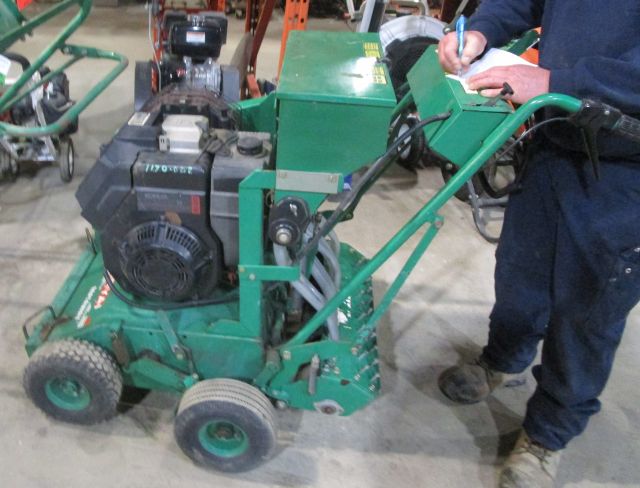
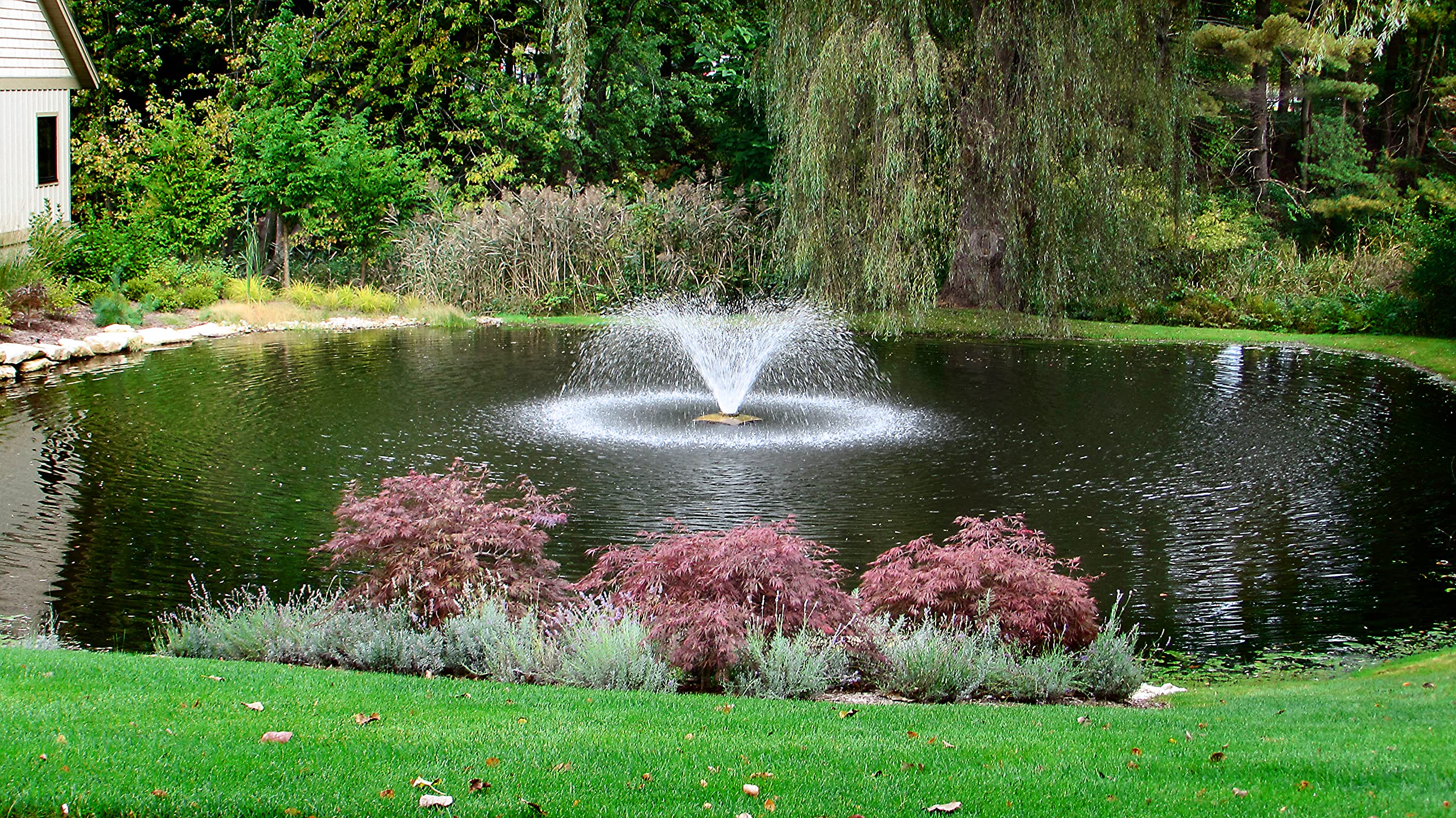
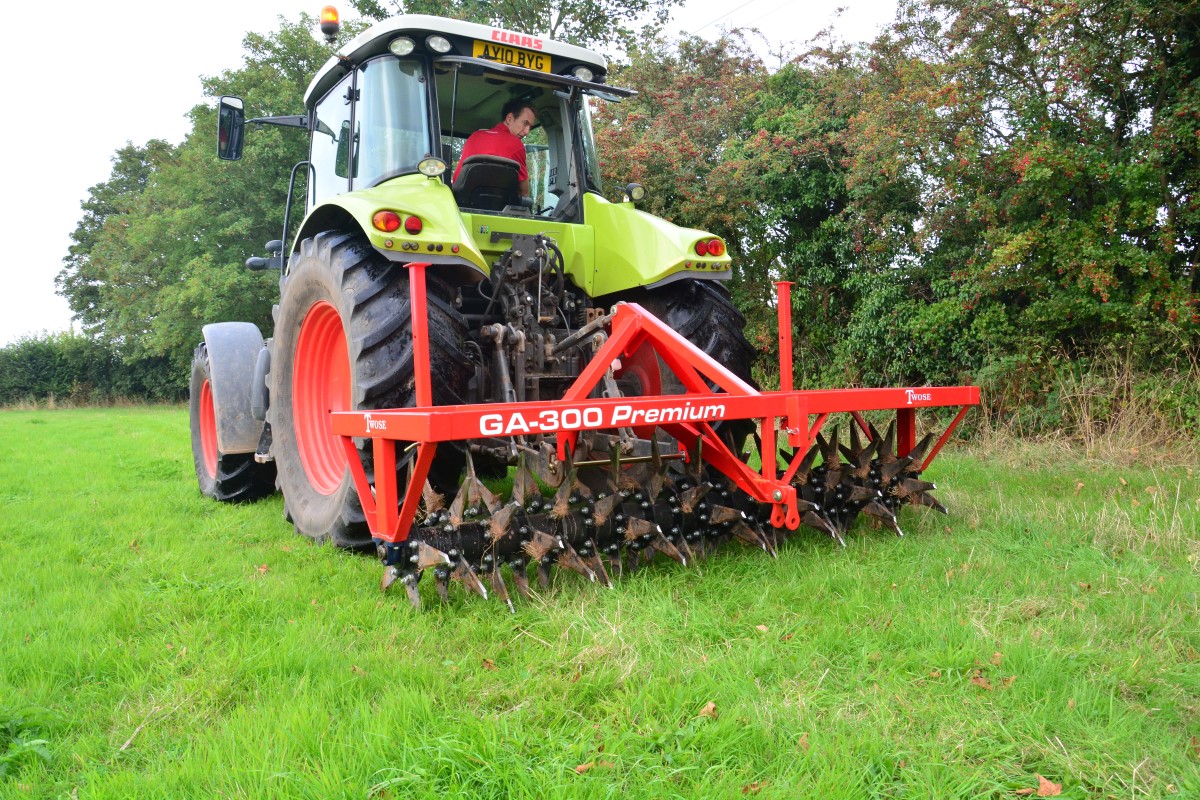


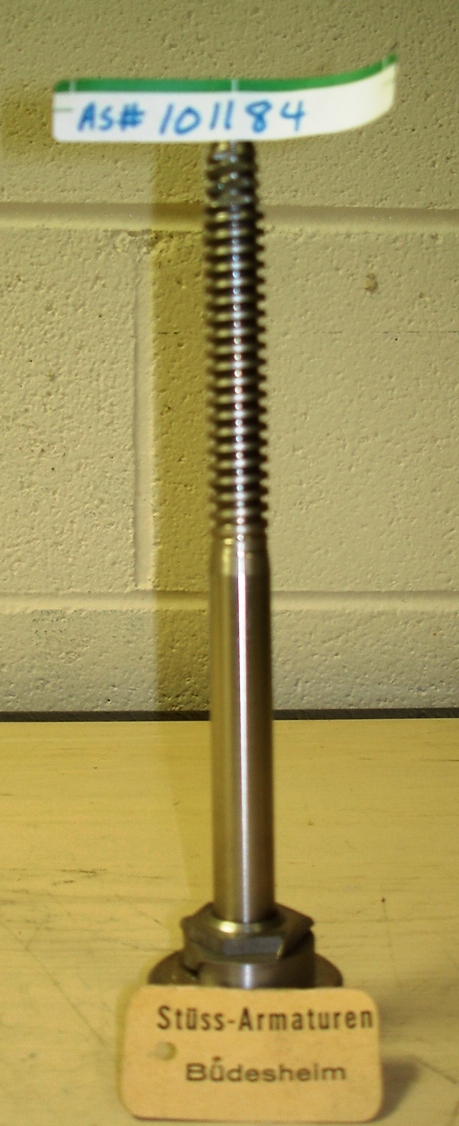

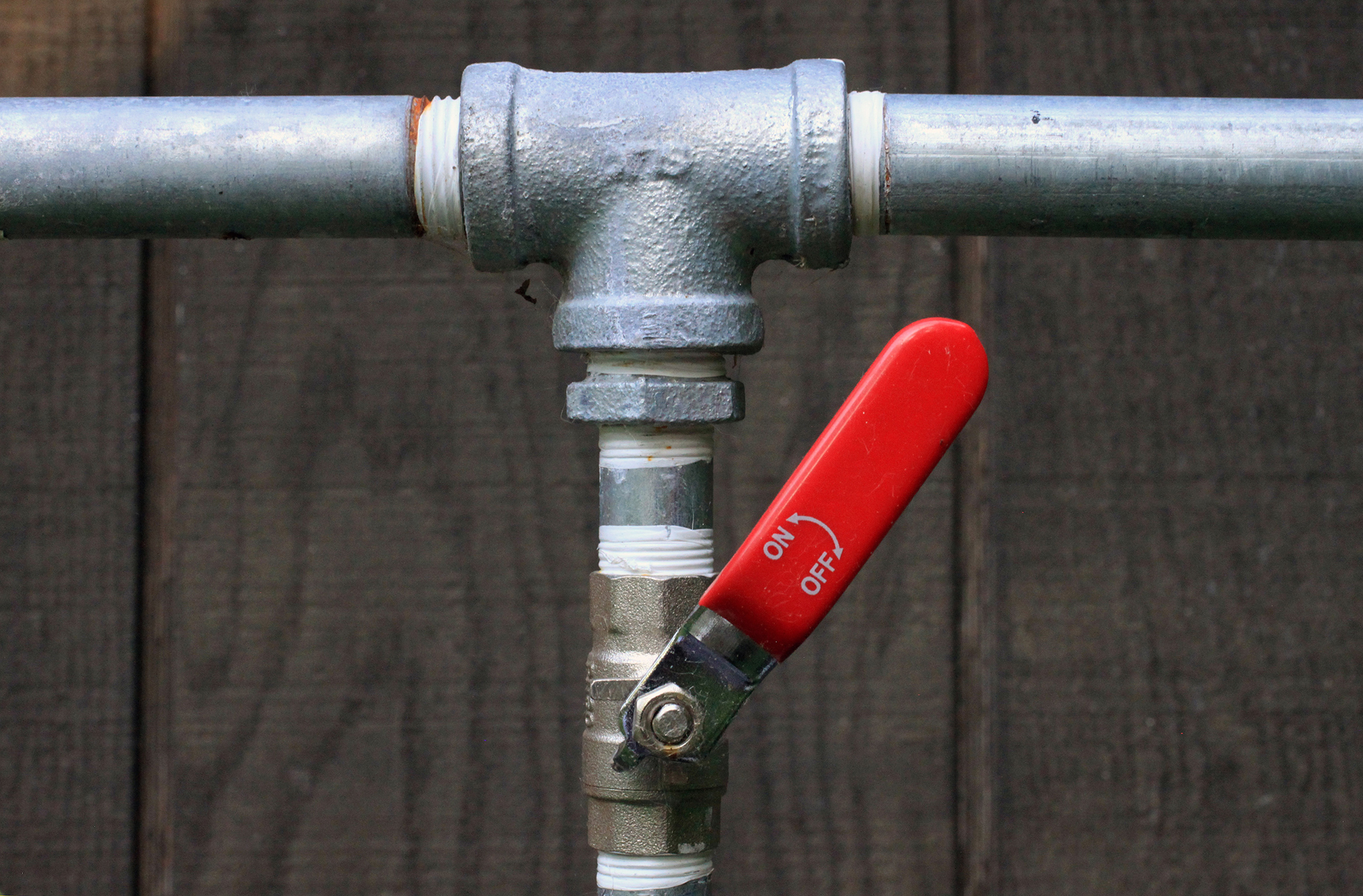



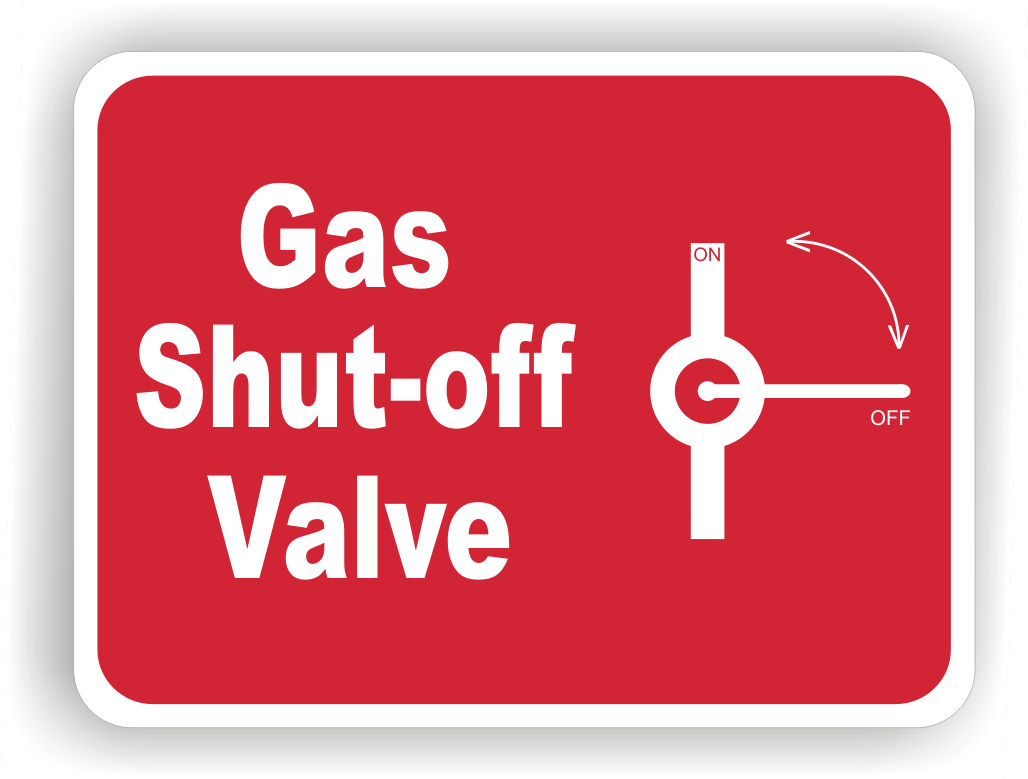


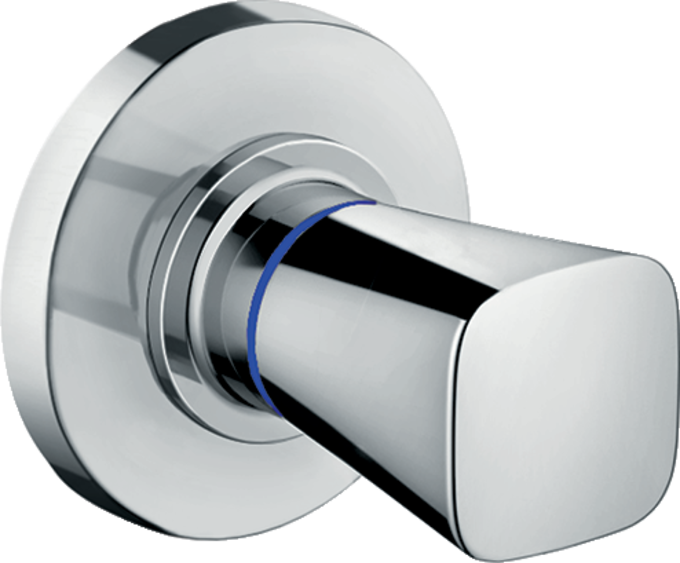
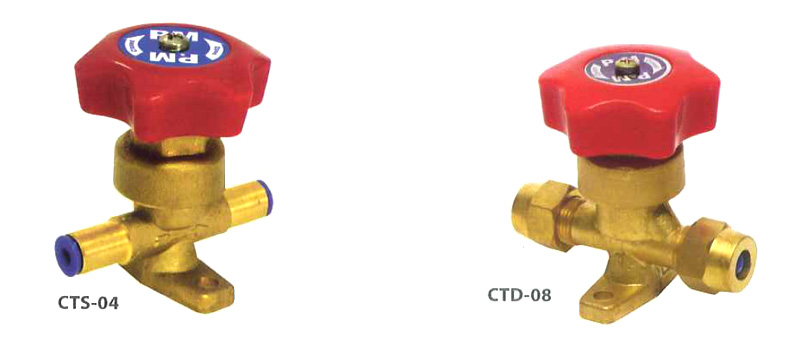
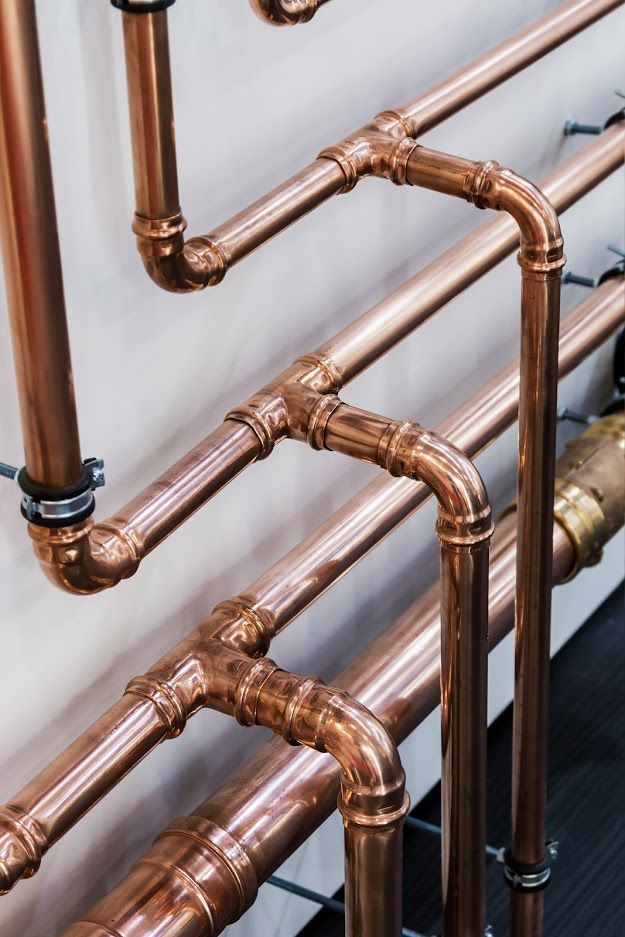





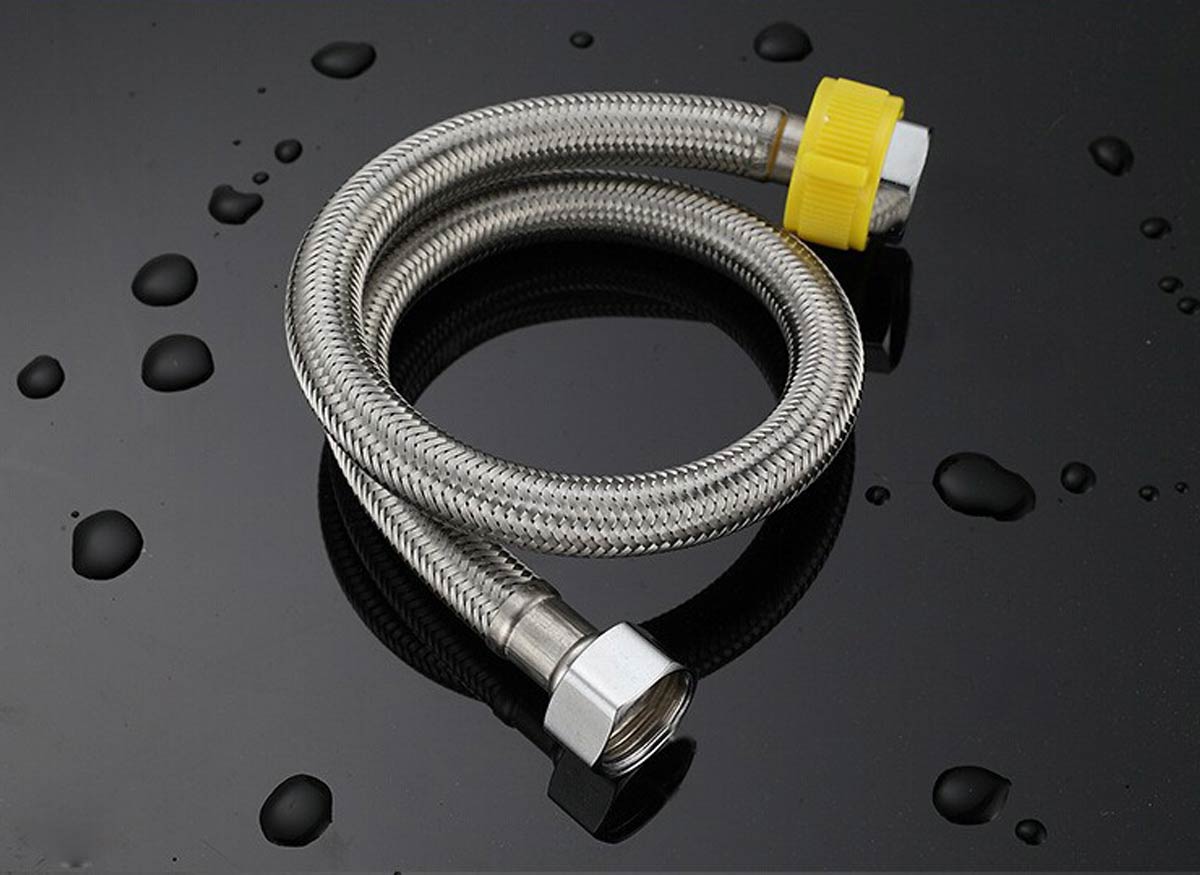

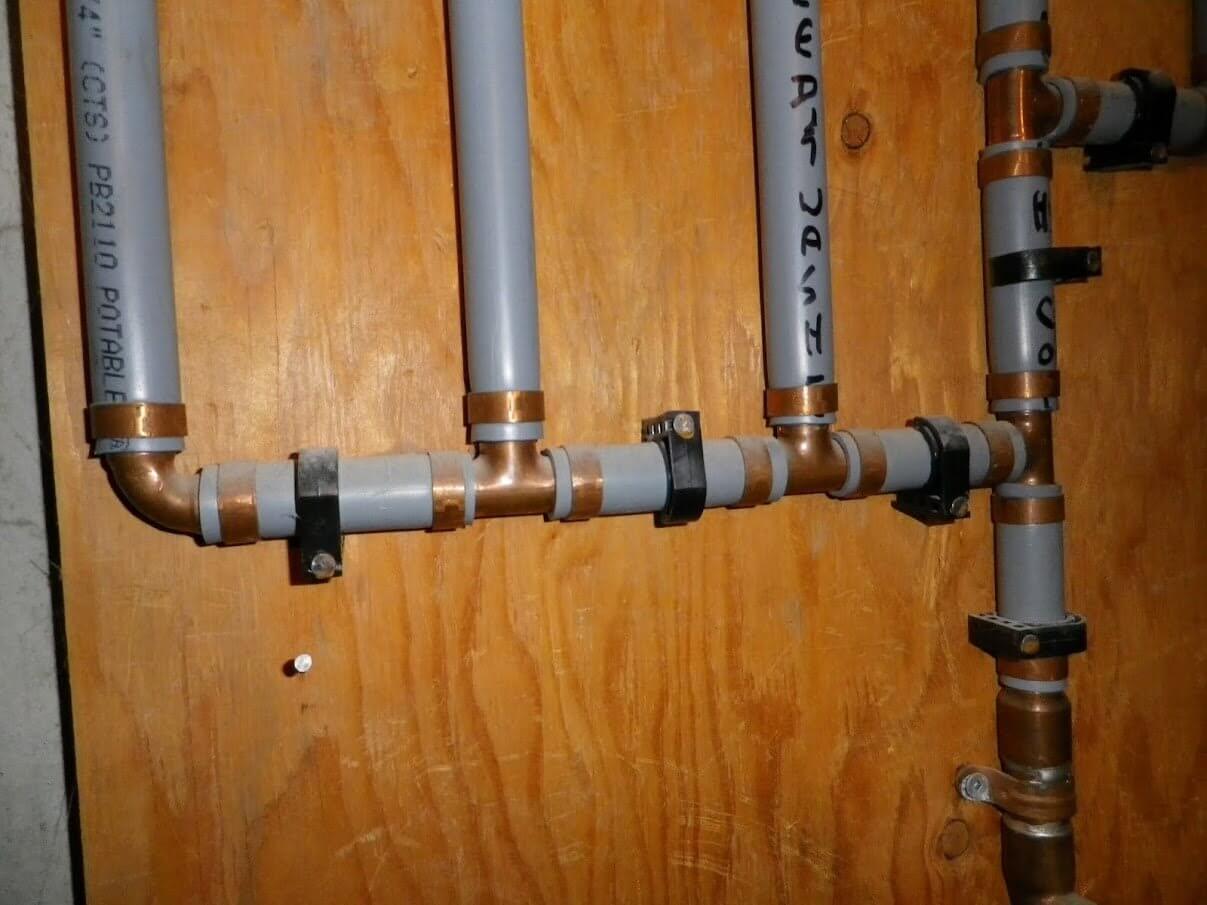



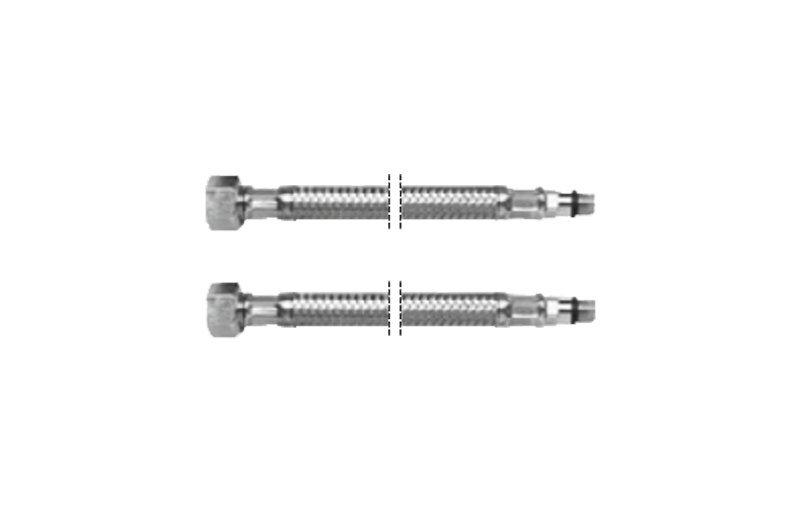


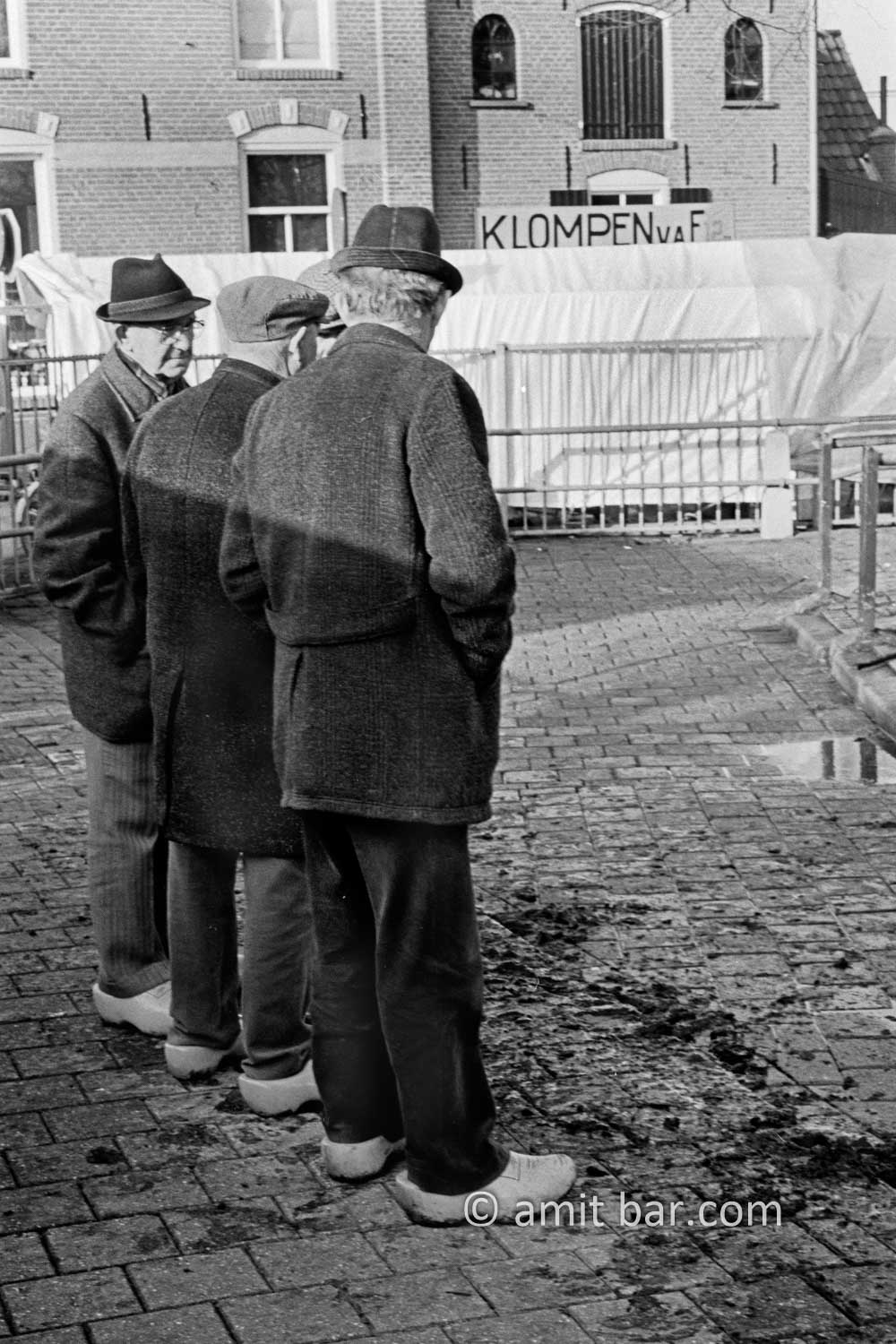





















:max_bytes(150000):strip_icc()/the-men-s-hand-opens-the-ball-valve-on-the-collector-1006810456-5c5fc73fc9e77c000159c4af.jpg)







